Source: “How To Tell Armenia From Azerbaijan”, Slate, 9 Nov 1999
*all opinions expressed are those of the original author and do not necessarily reflect the opinions or stance of Nagorno Karabakh Observer.
As Russian bombs once again fall on Chechnya, and Armenia reels from the assassination of seven political leaders, the troubled Caucasus region is back in the news. Here’s a brief backgrounder.
The Caucasus region encompasses about 150,000 square miles between the Black Sea and Caspian Sea in southeastern Europe. It includes the countries of Armenia, Azerbaijan, and Georgia, as well as seven Russian republics. The region is home to 22 million people from 50 ethnic groups speaking at least 40 languages. Occupied at different times by the Persian, Hun, Roman and Ottoman empires, as well as enjoying infrequent self-rule, the Caucasus was largely conquered in the 19th century by Russia. Most of the region declared independence after the Russian Revolution of 1917, but the Soviet Union took control in 1920-21 and integrated all of the Caucasus into the country. When the Soviet empire collapsed in 1991, Armenia, Azerbaijan, and Georgia regained their independence while the northern republics remained within Russia.
Although the Russians (and then Soviets) largely preserved the boundaries that had evolved along ethnic lines, many minority groups are now vying for independence, while the established governments are trying to preserve–or expand–their borders. Like the Soviet Union itself, the Caucasus has suffered economically since the break up. Agriculture and petroleum–the area’s biggest industries–are now beginning to recover, but the region’s estimated GDP remains lower than it was during Soviet rule.
Armenia (population 3.4 million): With a population that is 90 percent ethnic Armenian, Armenia is the least diverse country in the Caucasus. The Armenian kingdom once encompassed much of present-day Turkey, Georgia, and Syria; its more limited modern boundaries were established as part of the settlement of World War I, which recognised the country as independent (the Bolsheviks, however, invaded soon thereafter). Since the 4th century A.D., it has been one of only a handful of Christian states in the region, and the Armenian Church has become central to national identity. Armenians’ desire for independence from (and continued resentment of) the U.S.S.R. was caused in part by the Soviets’ persecution of church leaders. Armenia also has a standing dispute with Azerbaijan over the predominantly Armenian territory of Nagorno-Karabakh, which the Soviets gave to Azerbaijan in 1922. The two countries have observed a cease-fire since 1994, but the territory’s future remains a central issue in Armenian politics. When nationalists assassinated the prime minister and six others last month, observers attributed the killings to Armenia’s continued economic plight and disagreements over how to deal with Nagorno-Karabakh.
Azerbaijan (population 7.9 million): Azerbaijan, the most populous of the Caucasian countries, is the most strongly influenced by Arab cultures. It is a largely Muslim nation, with a language similar to Turkish. Present-day Azerbaijan was born when Iran ceded the territory to Russia after two wars in the early 19th century. Azerbaijanis have long felt oppressed by their neighbours. Armenian and Russian immigrants prevented Azerbaijanis from reaping the full benefits of their oil industry. And Soviet persecution of Azerbaijani nationals was harsh, with at least 120,000 suspected subversives killed. The fight over Nagorno-Karabakh (and resulting ethnic violence) has left Azerbaijan divided: Virtually no ethnic Azerbaijanis live in the disputed territory, and virtually none of Azerbaijan’s ethnic Armenians live outside it. Nagorno-Karabakh has voted for independence from Azerbaijan, but the government has refused to accept the decision.
Georgia (population 5.1 million): Georgia is the most diverse of the Caucasian countries. The ethnic Georgian majority is Christian (Georgian Orthodox) and speaks a language unrelated to any other in the world. Russia wrested the country piecemeal from Iran throughout the 1800s and combined Georgia with the semi-autonomous regions of Abkhazia (in Georgia’s northwest corner), Ajara (in its southwest corner), and South Ossetia (in its north-central region). When Georgia became independent in 1991, Abkhazia and South Ossetia–each with its own ethnic majority–agitated for greater autonomy, often clashing with Georgian troops. Although Georgia’s 1995 Constitution did not officially grant independence to these two territories, both are now essentially autonomous, and fighting has ended. Georgia’s economy has recovered faster than other former republics due to its tourist trade (the Black Sea Coast has a warm climate) and its relative political stability.
Chechnya (population 800,000): Chechnya has resisted Russian rule for over 400 years. Ethnic Chechens–descendants of an isolated mountain people–were strong trade partners with Russia in the 18th and 19th centuries, but rebelled violently against annexation in the late 1700s and again in the 1840s and 1850s. Russia gained control of the largely Muslim nation in 1859. Under Soviet control, Chechnya was united with neighbouring Ingushetia in a single republic. Chechens objected to this marriage, as well as to religious repression and Soviet attempts to force the populace to work on collective farms. Although Chechnya announced its independence before the U.S.S.R.’s collapse, Yeltsin did not invade to stop secession until 1994. At least 40,000 people were killed in the ensuing war and 300,000 fled. In the 1996 cease-fire, the sides agreed to leave Chechnya’s status unresolved until 2001. Russia still claims Chechnya, and the international community does not recognise its government as independent.
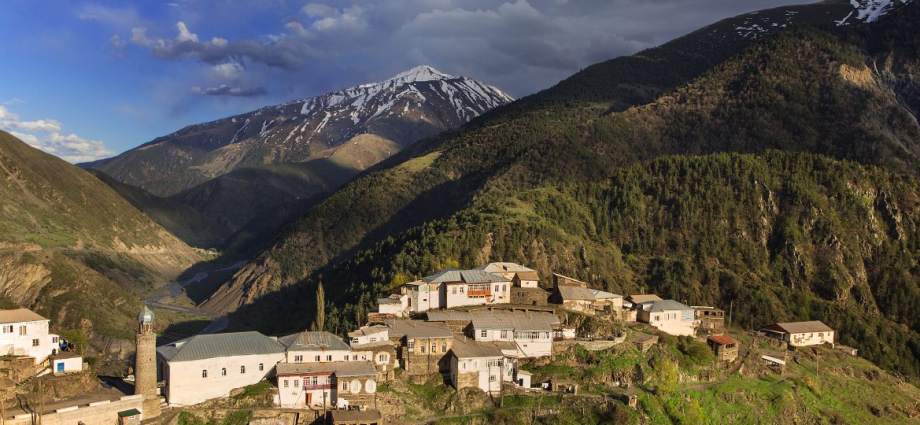

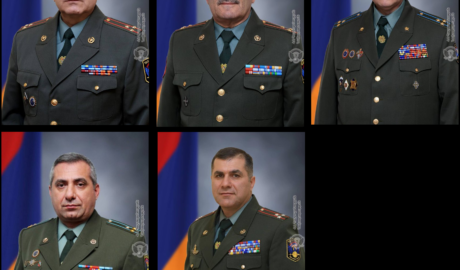

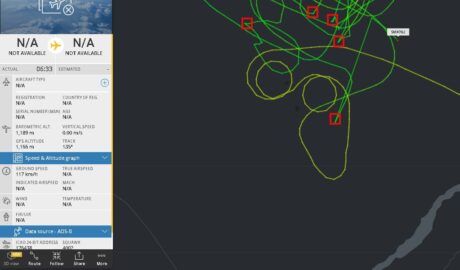
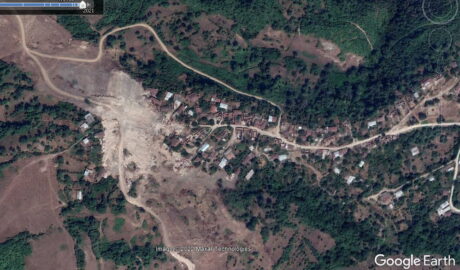

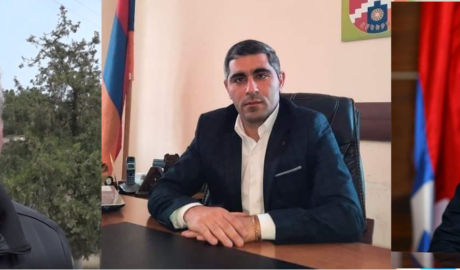
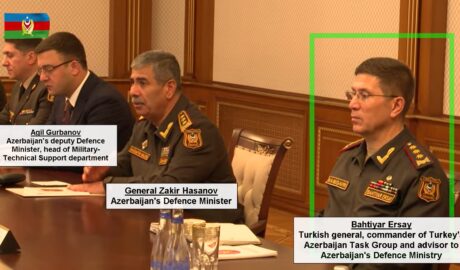
Comments are closed, but trackbacks and pingbacks are open.